Archives
- 2018-07
- 2018-10
- 2018-11
- 2019-04
- 2019-05
- 2019-06
- 2019-07
- 2019-08
- 2019-09
- 2019-10
- 2019-11
- 2019-12
- 2020-01
- 2020-02
- 2020-03
- 2020-04
- 2020-05
- 2020-06
- 2020-07
- 2020-08
- 2020-09
- 2020-10
- 2020-11
- 2020-12
- 2021-01
- 2021-02
- 2021-03
- 2021-04
- 2021-05
- 2021-06
- 2021-07
- 2021-08
- 2021-09
- 2021-10
- 2021-11
- 2021-12
- 2022-01
- 2022-02
- 2022-03
- 2022-04
- 2022-05
- 2022-06
- 2022-07
- 2022-08
- 2022-09
- 2022-10
- 2022-11
- 2022-12
- 2023-01
- 2023-02
- 2023-03
- 2023-04
- 2023-05
- 2023-06
- 2023-07
- 2023-08
- 2023-09
- 2023-10
- 2023-11
- 2023-12
- 2024-01
- 2024-02
- 2024-03
- 2024-04
- 2024-05
- 2024-06
- 2024-07
- 2024-08
- 2024-09
- 2024-10
- 2024-11
- 2024-12
- 2025-01
- 2025-02
- 2025-03
-
N terminally extended antigenic peptide precursors that surv
2025-02-25
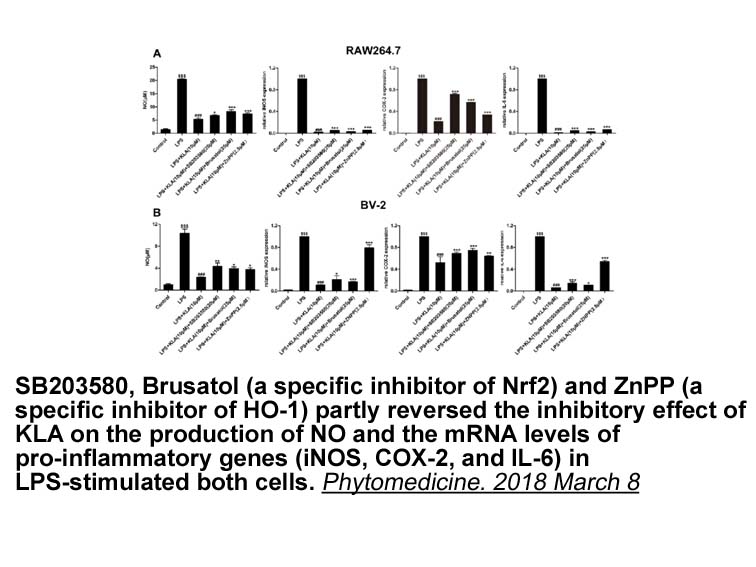
N-terminally extended antigenic peptide precursors that survive cytosolic degradation and enter the ER, need to be further processed by ERAP1 and/or ERAP2, in order to acquire the right length required for MHCI binding. ERAP1 (ERAAP in mouse) is an IFN-γ-inducible, metalloaminopeptidase that trims N
-
LAP locations in the parasite tissues would provide clues fo
2025-02-25
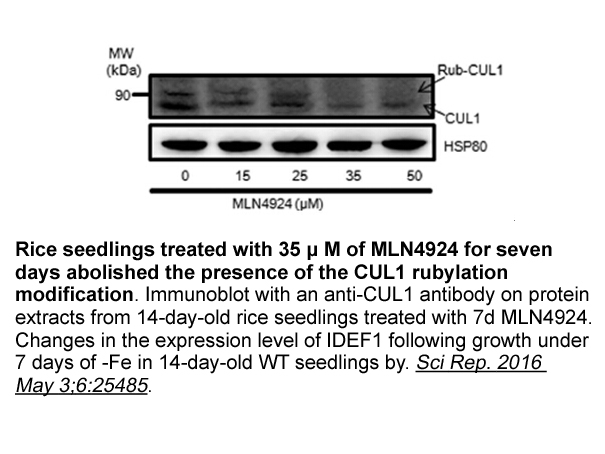
LAP locations in the parasite tissues would provide clues for the potential physiological roles of it inside the parasite body. To date, tissue localization of LAPs has been carried out in many helminth parasites; however, information regarding LAPs in tapeworm is scarce. It was shown that LAPs were
-
Pathogen infected macrophages release exosomes associating w
2025-02-25
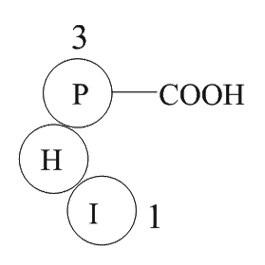
Pathogen-infected TMC120 release exosomes associating with pathogen-associated molecular patterns (PAMPs) such as LPS and lipoprotein derived from microorganisms [29,30]. Exosomes released by bacterially infected, but not uninfected, macrophages stimulate macrophages to release inflammatory mediato
-
Aberrant lipid levels are associated with various disorders
2025-02-25

Aberrant lipid levels are associated with various disorders, including vascular diseases and diabetes. Furthermore, important events support the idea that lipids, especially cholesterol and its derivatives, have a fundamental role in the physiopathology of AD. The D609 is rich in cholesterol, and i
-
In addition we aimed to examine the possible role of
2025-02-25
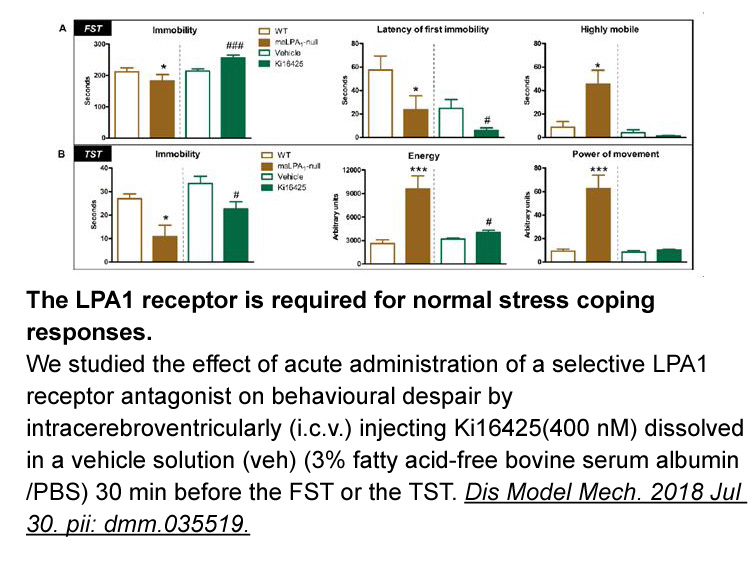
In addition, we aimed to examine the possible role of adiponectin in modulating changes in IR. It was observed that there was a simultaneous decline in expression of IR and AdipoR1 proteins in the ovary of PCOS-mice as compared to the control ovary. Further, a strong correlation was found between ch
-
br There are three types of HT receptors
2025-02-25
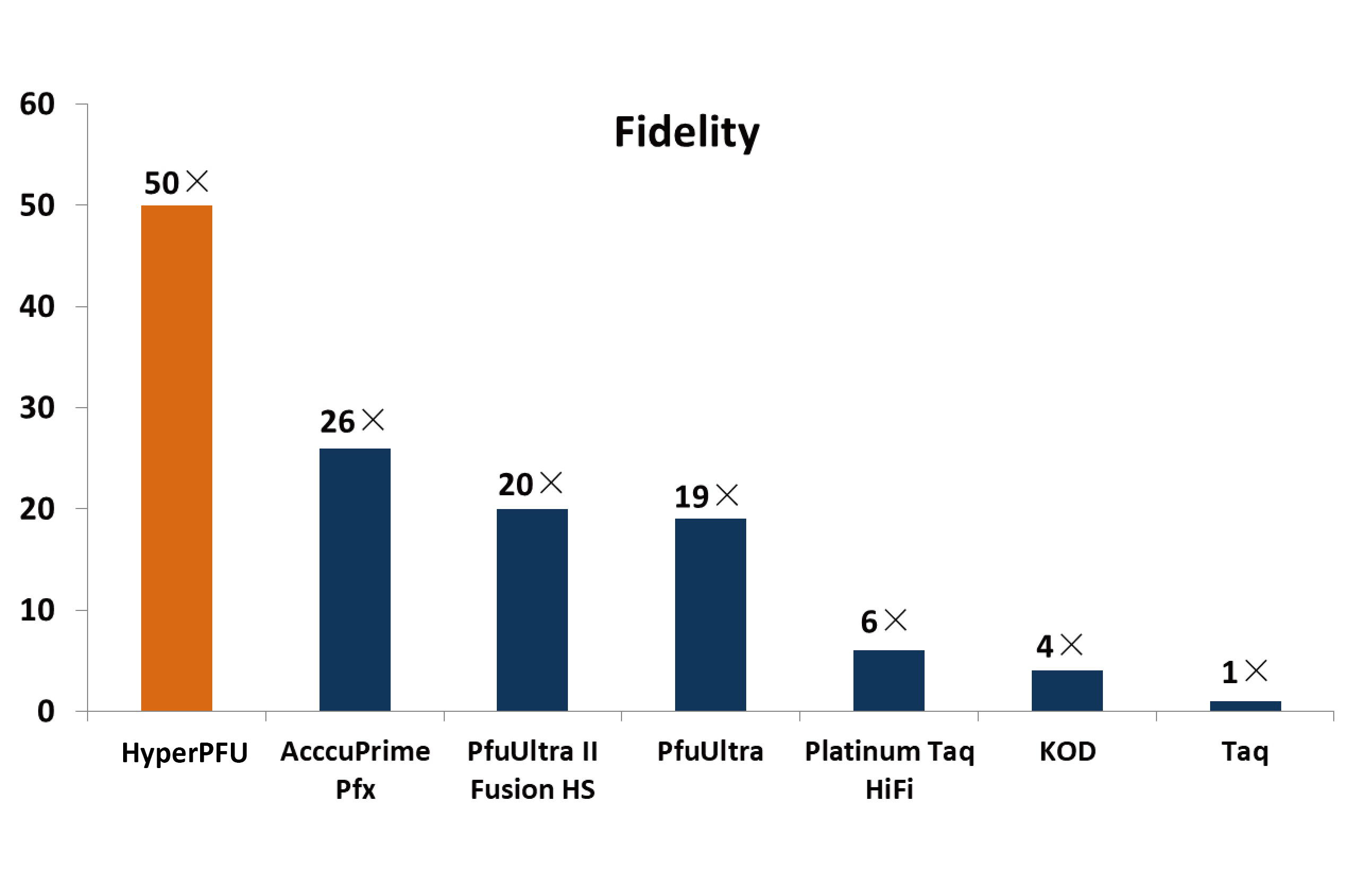
There are three types of 5-HT2 receptors. 5-HT2A, 5-HT2B and 5-HT2C receptors Exhibit 46–50% overall sequence identity and couple preferentially to Gq/11 to increase inositol phosphates and cytosolic [Ca2+] and in agreement with their long known role in muscle contraction and stimulation in the br
-
Since the cloning of ARs in
2025-02-25
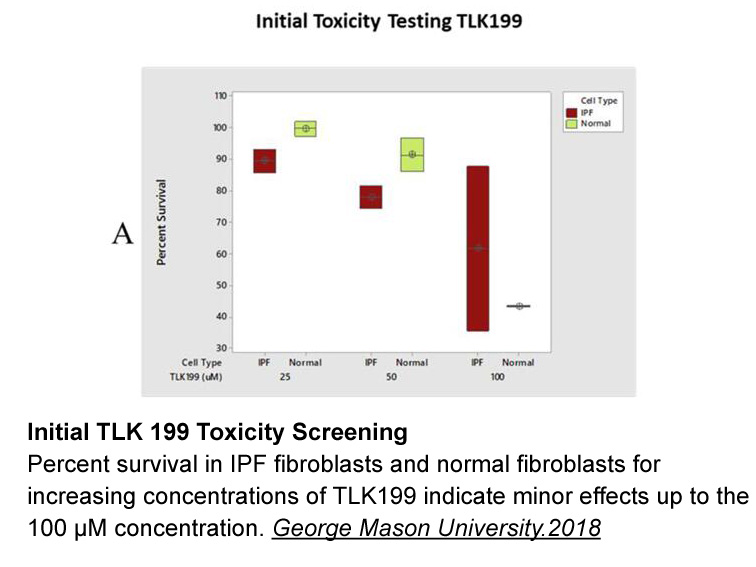
Since the cloning of ARs in the beginning of the 1990s, the efforts to characterize them have led to the accumulation of a substantial amount of experimental data. Decades of site-directed mutagenesis (SDM; Box 1) studies, in combination with pharmacological data and computational modeling, have pav
-
br AChE variants and their functions The AChE gene generates
2025-02-25
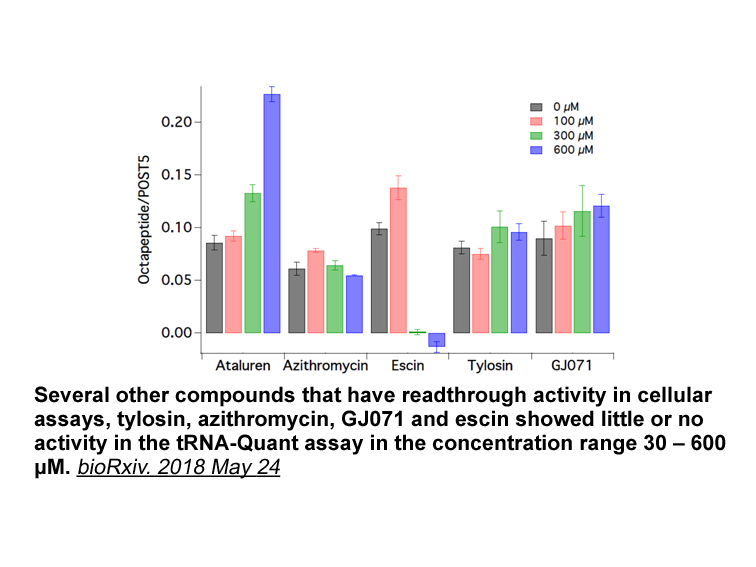
AChE variants and their functions The AChE gene generates several splice variants of AChE which are designated as hydrophobic (H), readthrough (R) and tailed (T) forms differing in membrane association and also localisation on a tissue and sub-cellular level. They all undergo significant posttran
-
Although ACE genetic variance does not influence
2025-02-25

Although ACE genetic variance does not influence the level of bradykinin significantly, the bradykinin level tends to be affected by ACE inhibitor therapy used by patients. ACE inhibitor reduces the ACE activity that may lead to the accumulation of serum bradykinin. The level of bradykinin tends to
-
Steroidal CYP inhibitors can further be classified based
2025-02-25

Steroidal CYP17 inhibitors can further be classified based on their mode of action, namely as mechanism-based inhibitors and type I and type II competitive inhibitors [129]. Recent studies investigated other biological targets than CYP17, and some new compounds have shown interesting dual activity a
-
These results must also be
2025-02-24

These results must also be addressed in light of porcine AMPKγ3R200Q (RN−) mutation. Pigs harboring this mutation produce meat with an abnormally low ultimate pH (pHas Tranilast Sodium meat (Copenhafer et al., 2006, Lundström et al., 1998, Milan et al., 2000). This extremely low pH is very close to
-
The Type A series contains of the confirmed hits making
2025-02-24
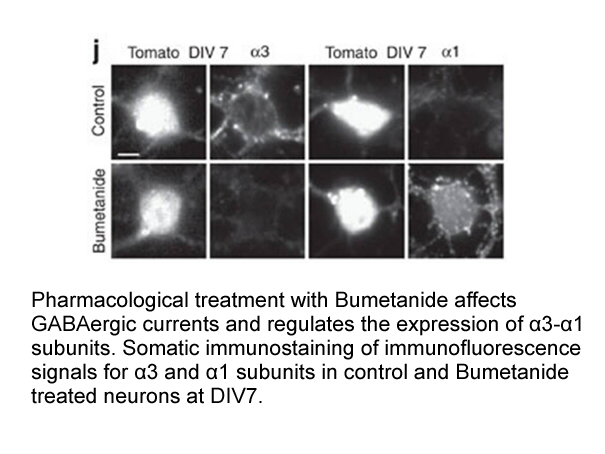
The Type-A series contains 6 of the 11 confirmed hits, making it a highly attractive lead template. Seven (7) out of 8 Type-A series of 3-substituted-2-furoic acids are highly active (84–100% inhibition) at the high concentration of 100μM. We could deduce some interesting, albeit preliminary structu
-
The downstream targets of ATR involved in mediating
2025-02-24
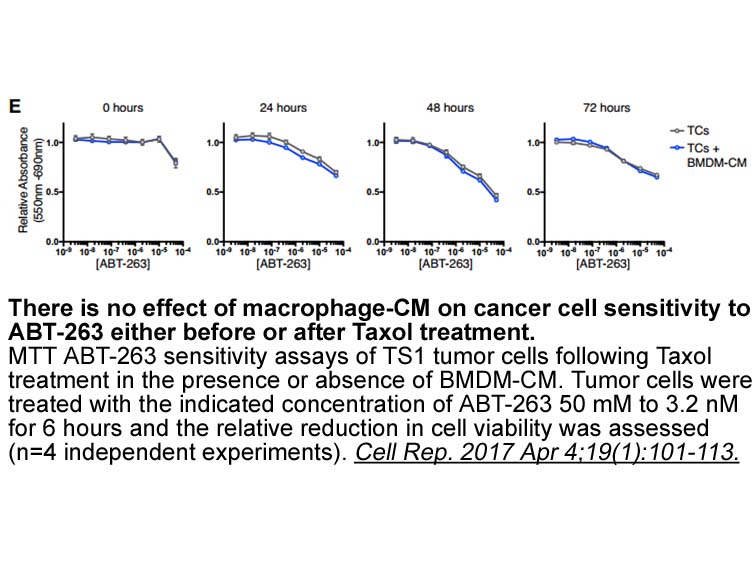
The downstream targets of ATR involved in mediating human telomerase recruitment have not yet been identified. Under stalled fork conditions, activated ATR is able to phosphorylate and activate ATM (Stiff et al., 2006, and Figures 4C and 4D); whether this DOI hydrochloride of ATM participates in a
-
br Extracellular domain architecture The extracellular regio
2025-02-24

Extracellular domain architecture The extracellular region of GABAB receptor exists in a heterodimeric configuration regardless of interactions within the rest of the protein (Geng et al., 2012, Liu et al., 2004, Nomura et al., 2008). The extracellular domains of the GABAB1 and GABAB2 subunits ar
-
br Conflict of interest br
2025-02-24
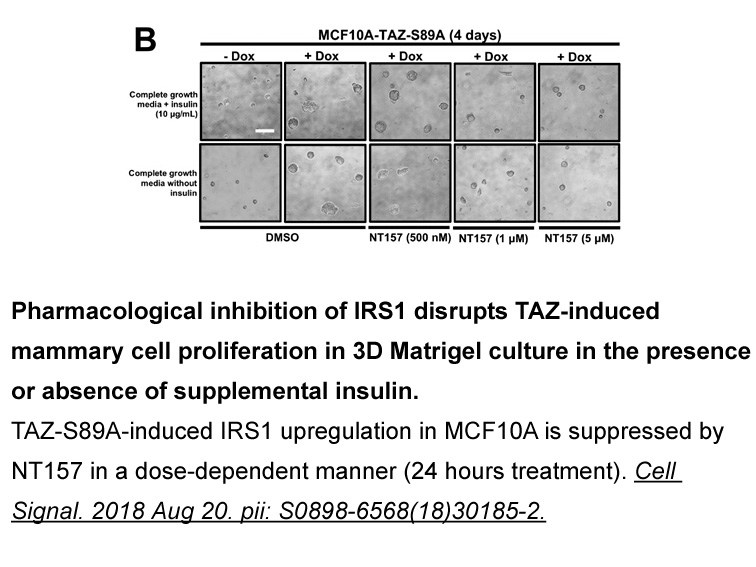
Conflict of interest Acknowledgements Introduction The mitogen-activated protein kinase (MAPK) pathway is an important intracellular signaling system that regulates diverse cellular functions, such as proliferation, differentiation, and apoptosis [1]. Apoptosis signal-regulating kinase 1 (A